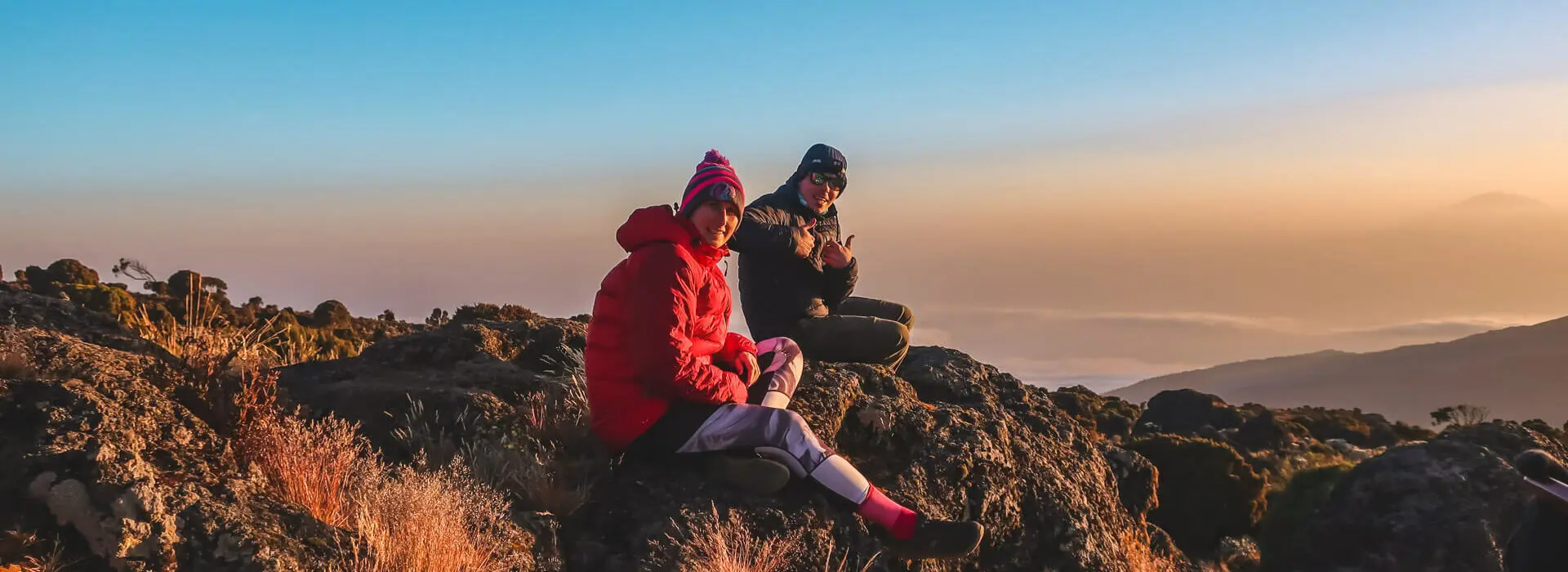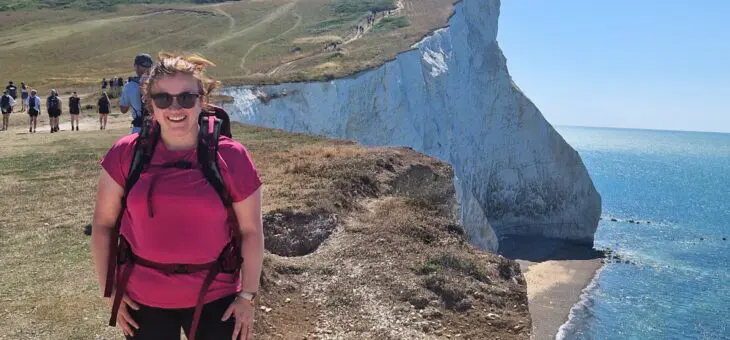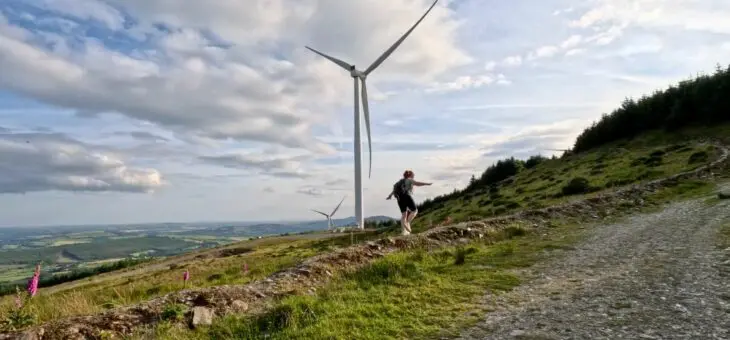
The climb up Kilimanjaro is one of the most challenging expeditions there is.. but it’s also one of the most rewarding. If you’re thinking of tackling it yourself, you’re probably wondering how best to train for Kilimanjaro.
The good news is, you don’t have to have years of mountain climbing experience under your belt in order to tackle Kilimanjaro. But what you do need to do is prepare, plan and train. How do you do that? Well, let us take you through the key points…
How to train for Kilimanjaro
Getting fit
There are no two ways about it – you have to be fit in order to climb and train for Kilimanjaro. But if you’re not Superman already, don’t worry – with time and training, you can easily get there.
The best thing to do is to get used to hiking up and down hills and mountains with a weighted pack. This will increase your strength and endurance. The good news is it’ll also get your body used to your backpack and hiking boots.
Working on your general fitness is a good idea, too – a mix of weight training, cycling, running and yoga will all help you on your path to the summit! Find what you love and aim for two or three sessions a week, alongside your mountain hiking.

Know the terrain
One of the toughest things about Kilimanjaro is the altitude. Even the fittest person on earth could find themselves struggling in the thin air and, unfortunately, most people will suffer to some degree with mountain sickness. There’s not much you can do in advance to prepare yourself (and don’t worry, our guides will know exactly how to deal with it if happens to you) but the more physically fit and prepared you are, the better you’ll face the challenge.
Take things slow
You can’t train for Kilimanjaro in a few weeks. You need to give your body months to build up strength and get ready for the work that’s ahead. Unless you’re used to mountains already, it’s best to work out a plan at least six months before heading off, in order to able to easily build up your fitness at a slow and manageable pace. You won’t be able to panic train a week before you head off, in case that’s what you’re thinking!
Build your stamina
If you can, one of the best things to do is get yourself used to multi-day trekking. We’ve all gone off on huge hikes and then spent the next day on the couch, but that won’t be an option up Kili! Get used to spending a few days in a row hiking and pretty soon, it’ll feel so natural that the sofa will feel alien and your hiking boots will be your best friends. If you’re able to camp along the way, even better! It’ll all help you and your body get used to the reality of Kilimanjaro.
The big day
Without a doubt, the toughest day on the expedition is Summit Day. While our other days involve around 5-7 hours walking, Summit Day is strenuous, with most of the walking taking between 15-18 hours (once you reach the top, you have to climb back down to high camp). No matter how fit you are, what route you take, or how long you’ve been climbing, it’s always going to be a challenge. Which is why mental training is as important as physical training…
Get your head in the game
As with any big adventure, you need to prepare yourself mentally as well as physically. Kilimanjaro is a big challenge, and not one to take lightly. It might sound bonkers, but when you’re going off to sleep, visualise yourself at the summit – really imagine what it will feel like when you accomplish your goal. That’s the image to keep in mind when you’re finding things tough.
If you have any questions about how to train for Kilimanjaro, do get in touch and we’ll be able to put your mind at ease. You can read more about our expeditions to Kilimanjaro here.






